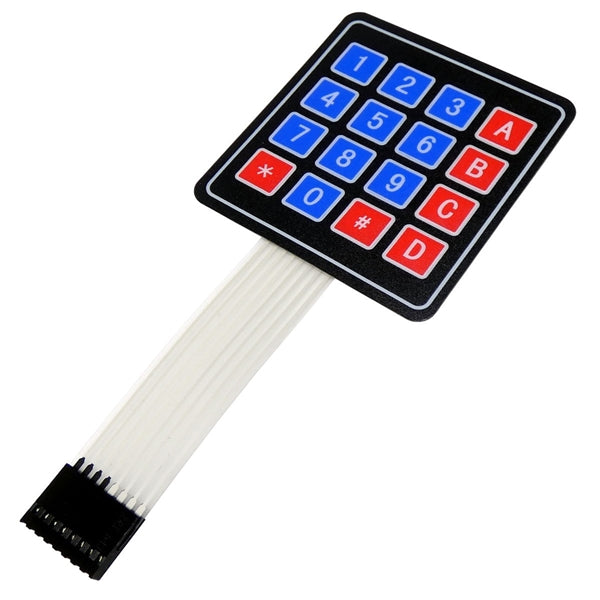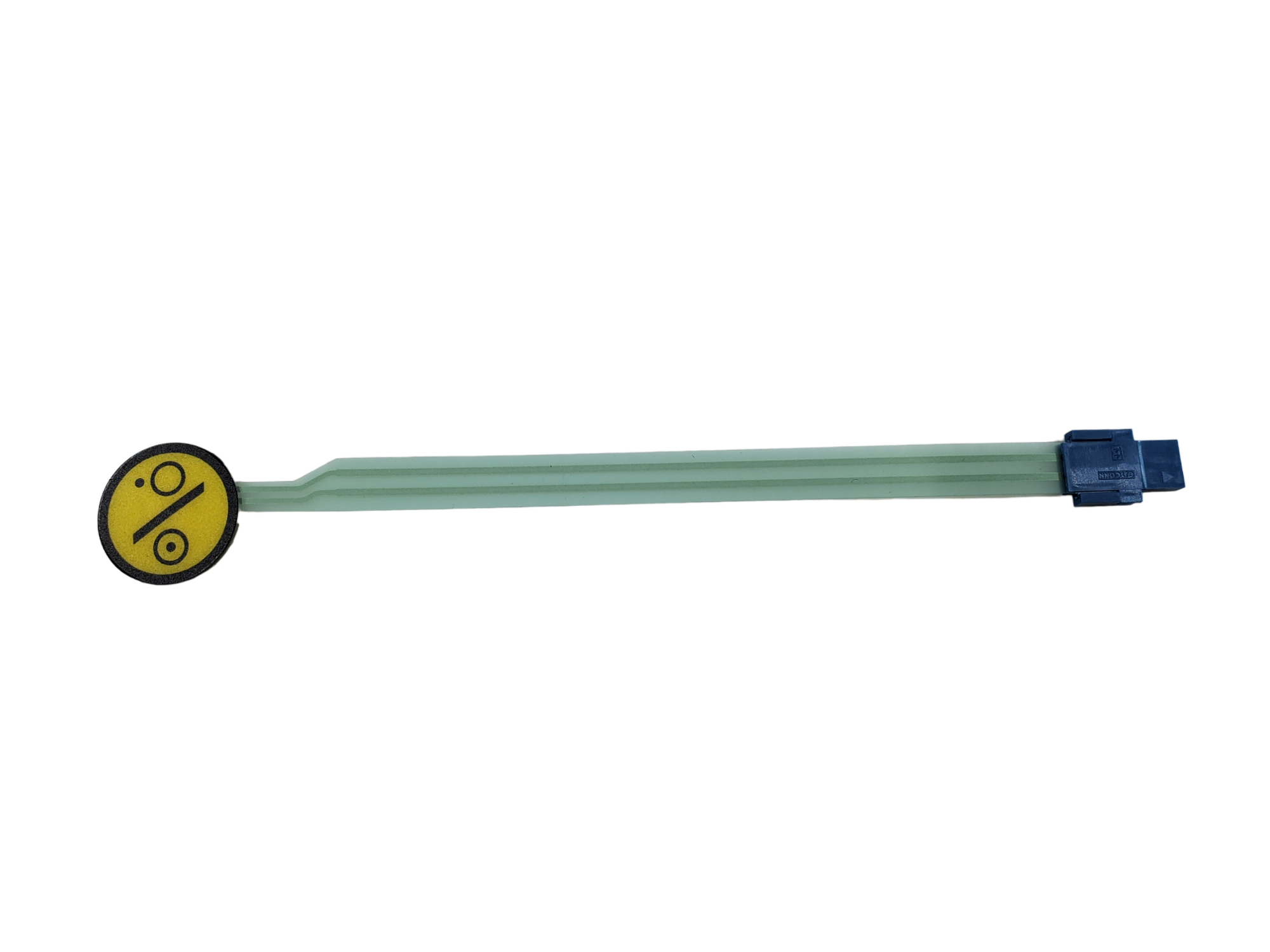Membrane Switch: A Comprehensive Guide to Its Uses and Applications
Membrane Switch: A Comprehensive Guide to Its Uses and Applications
Blog Article
Comprehending Membrane Layer Switches: The Trick to Long Lasting and Reputable Controls

What Are Membrane Buttons?
Membrane buttons are an innovative solution in the world of customer interface innovation, incorporating performance and design seamlessly. These gadgets function as an interface between customers and electronic systems, integrating numerous parts into a small style. Typically built from versatile, slim layers of materials, membrane layer buttons are created to react to touch, enabling individuals to communicate with equipment and electronic tools efficiently.
The main components of a membrane switch consist of a published circuit layer, visuals overlay, and a spacer layer that stops unplanned activation. The graphic overlay can be personalized to show brand name identification or user preferences, improving appearances while making sure functionality. Membrane layer buttons are generally used in numerous applications, including medical tools, consumer electronic devices, and industrial equipment, owing to their sturdiness and resistance to ecological variables such as moisture and dirt.
One of the key benefits of membrane switches is their ability to stand up to wear and tear, making them excellent for high-traffic atmospheres. In addition, they are light-weight and call for marginal area, enabling cutting-edge designs in item growth. In general, membrane switches represent a sensible and efficient option for modern-day digital user interfaces, weding modern technology with user-centric design principles.
Just How Membrane Switches Job
The operation of membrane layer switches hinges on a basic yet reliable mechanism that equates customer input right into electronic signals. When a user presses the switch, the leading layer flaws, permitting a conductive aspect in the circuit layer to make contact with an equivalent conductive pad on the bottom of the graphic overlay.
The design of membrane switches can differ, however they often incorporate domes or tactile aspects to give responses to the customer, enhancing the overall experience - membrane switch. The materials used in membrane switches, such as polyester or polycarbonate, contribute to their longevity and resistance to ecological factors, including wetness and dust. Moreover, the published circuits are commonly enveloped, which shields them from damage with time.
Advantages of Membrane Layer Buttons

Additionally, membrane switches are known for their sturdiness. Created from durable products, they are immune to dust, moisture, and physical wear, which considerably prolongs their life expectancy contrasted to standard mechanical buttons. This durability makes them especially suitable for high-traffic environments and applications requiring longevity.
One more substantial benefit is the simplicity of cleaning and maintenance. The smooth surface area of membrane changes lessens dirt accumulation and is typically invulnerable to spills, making them ideal for settings that need constant sanitization.
Moreover, membrane layer buttons supply a structured account, causing a thinner design that can be integrated right into numerous tools without including mass. This attribute not just boosts the visual allure yet also adds to a much more ergonomic item style.
Applications of Membrane Switches
Functional and straightforward, membrane switches you can try this out discover applications across a wide variety of sectors, including clinical gadgets, customer electronics, and industrial devices. In the medical field, these buttons are integral to devices such as diagnostic equipment, individual tracking systems, and mixture pumps, site here where reliability and convenience of cleaning are critical. Their ability to maintain and stand up to extreme environments capability makes them optimal for such applications.

In customer electronic devices, membrane switches are made use of in products like microwaves, cleaning machines, and push-button controls - membrane switch. Their streamlined layout permits instinctive individual interfaces, boosting the overall customer experience while providing durability and resistance to damage
Commercial equipment likewise takes advantage of membrane layer switches, particularly in control panels for machinery and automation systems. These buttons supply protection against dust and wetness, ensuring consistent performance in difficult settings. Furthermore, their customizable functions enable suppliers to customize them to specific operational requirements, improving performance and capability.
Picking the Right Membrane Layer Switch Over
When selecting a membrane switch, it is vital to think about different aspects that affect performance and suitability for particular applications. The main considerations include ecological problems, tactile feedback, resilience, and design specifications.
First, assess the operating environment; switches exposed to dampness, chemicals, or severe temperature levels need certain materials to guarantee longevity and functionality. Next off, review the demand for responsive comments. Depending upon individual interaction, some applications might take advantage of a tactile reaction to confirm activation, while others might like a non-tactile style for aesthetic factors.
Sturdiness is one more essential factor; membrane buttons must be designed to hold up against constant usage, impacts, and abrasion. Make certain the chosen button can withstand the anticipated lifecycle, their explanation especially in high-usage scenarios.

Verdict
In conclusion, membrane layer changes function as necessary elements in the design of trustworthy and resilient control systems throughout different industries. Their portable style, incorporated with durable construction and personalized features, boosts individual communication while making sure longevity in requiring environments. The adaptability of membrane switches over enables customized solutions that satisfy specific operational demands, strengthening their value in contemporary innovation. As industries remain to advance, the significance of incorporating effective membrane layer button solutions can not be overemphasized.
Membrane switches represent an important facet of modern interface design, blending performance with durability in numerous applications.Membrane layer buttons are a sophisticated solution in the realm of individual interface innovation, integrating performance and style effortlessly. Commonly created from adaptable, slim layers of products, membrane layer buttons are created to respond to touch, allowing individuals to engage with equipment and digital gadgets successfully.
The style of membrane layer switches can vary, however they typically integrate domes or responsive elements to offer comments to the user, enhancing the overall experience.In verdict, membrane layer changes serve as vital components in the design of sturdy and reliable control systems throughout different industries.
Report this page